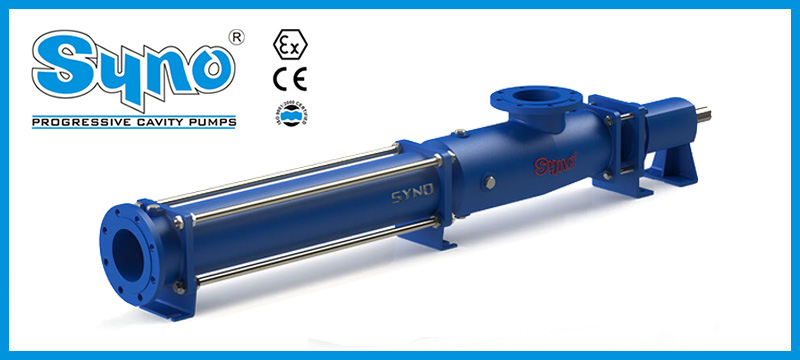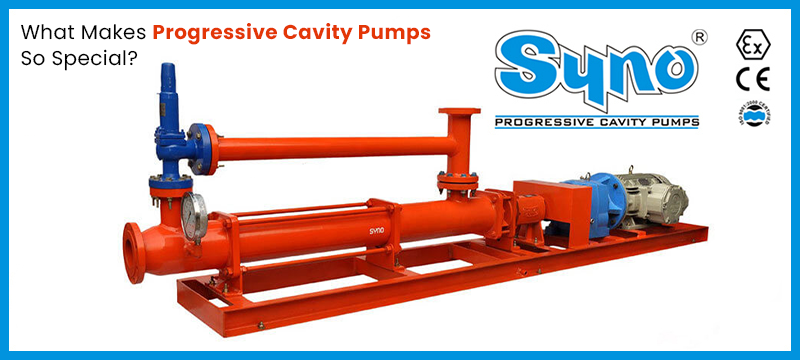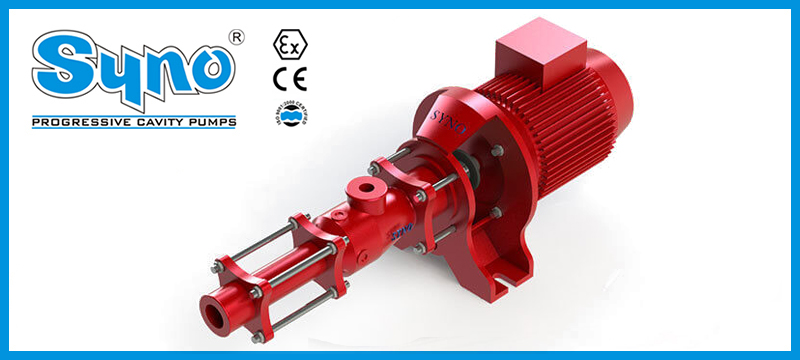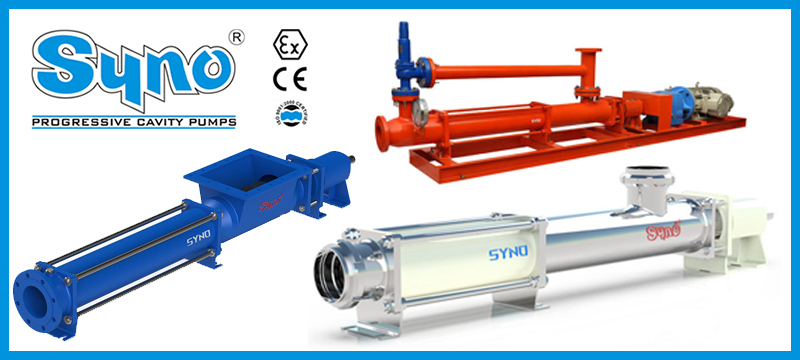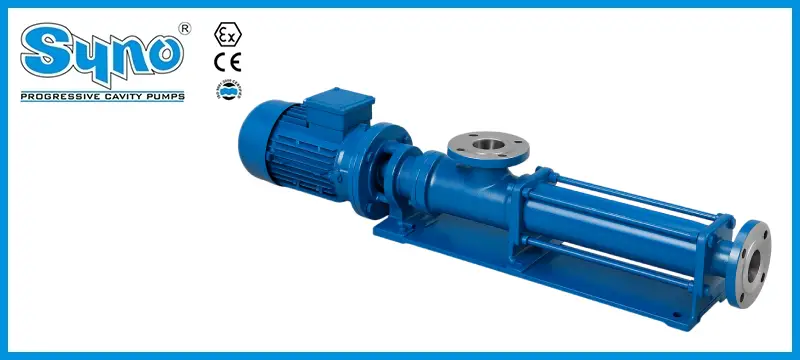
Maintenance Tips for Long-Lasting Progressive Cavity Pumps
Progressive cavity pumps (PC pumps) are widely used in various industries, including oil and gas, food and beverage, wastewater treatment, and chemical processing. Known for their ability to handle viscous fluids and provide a steady flow, these pumps are essential for many applications. However, like any mechanical equipment, they require regular maintenance to ensure optimal performance and longevity. In this article, we will discuss essential maintenance tips for progressive cavity pumps to help you maximize their lifespan and efficiency.
Regular Inspection
Regular inspections are crucial for identifying potential issues before they escalate into significant problems. Schedule routine checks to assess the pump's condition, including the motor, drive system, and the pump itself. During inspections, look for signs of wear, leaks, or unusual noises that may indicate a malfunction.
Pay special attention to the following components:
- Stator and Rotor: Inspect for wear and tear, as these are critical components that directly affect the pump's performance.
- Seals and Gaskets: Check for any signs of leakage or degradation, which can lead to fluid loss and reduced efficiency.
- Bearings: Ensure that bearings are properly lubricated and free from damage.
Proper Lubrication
Lubrication is vital for the smooth operation of progressive cavity pumps. Insufficient lubrication can lead to increased friction, overheating, and premature wear of components. Follow the manufacturer's recommendations for lubrication intervals and types of lubricants to use.
- Grease: Use high-quality grease for bearings and other moving parts. Ensure that the grease is compatible with the pump's materials and the fluids being pumped.
- Oil: If the pump uses oil lubrication, regularly check the oil level and quality. Change the oil as recommended by the manufacturer to prevent contamination and maintain optimal performance.
Monitor Operating Conditions
Progressive cavity pumps are designed to operate within specific parameters, including temperature, pressure, and viscosity. Monitoring these operating conditions is essential for preventing damage and ensuring efficient performance.
- Temperature: Excessive heat can lead to thermal expansion and damage to the pump components. Use temperature sensors to monitor the pump's operating temperature and take corrective action if it exceeds the recommended limits.
- Pressure: Regularly check the discharge pressure to ensure it remains within the specified range. High pressure can cause excessive wear on the rotor and stator, while low pressure may indicate blockages or leaks.
- Viscosity: Ensure that the fluid being pumped is within the viscosity range specified by the manufacturer. High-viscosity fluids can strain the pump and lead to premature failure.
Clean the Pump and Surrounding Area
Keeping the pump and its surrounding area clean is essential for preventing contamination and ensuring smooth operation. Dust, debris, and spilled fluids can lead to corrosion, wear, and other issues.
Check for Blockages
Blockages can significantly impact the performance of progressive cavity pumps. Regularly check for any obstructions in the pump and the piping system that could restrict flow.
- Inlet Strainers: If your pump is equipped with an inlet strainer, inspect it regularly for clogs. Clean or replace the strainer as needed to ensure proper fluid flow.
- Piping System: Inspect the piping system for any signs of blockages, such as buildup of solids or debris. Regularly flush the system to prevent clogs and maintain optimal flow.
Monitor Vibration Levels
Excessive vibration can indicate underlying issues with the pump, such as misalignment, imbalance, or wear. Monitoring vibration levels can help identify problems early and prevent costly repairs.
- Vibration Analysis: Use vibration analysis tools to monitor the pump's vibration levels. Compare the readings to baseline measurements to identify any significant changes.
- Alignment Checks: Ensure that the pump is properly aligned with the motor and drive system. Misalignment can lead to increased wear and reduced efficiency.
Follow Manufacturer Guidelines
Every progressive cavity pump is designed with specific operating and maintenance guidelines provided by the manufacturer. Adhering to these guidelines is crucial for ensuring optimal performance and longevity.
- Maintenance Schedule: Follow the recommended maintenance schedule for inspections, lubrication, and part replacements. This proactive approach can help prevent unexpected failures and extend the pump's lifespan.
- Replacement Parts: When replacing components, use genuine parts recommended by the manufacturer. Using substandard or incompatible parts can lead to performance issues and void warranties.
Train Personnel
Proper training of personnel operating and maintaining progressive cavity pumps is essential for ensuring their longevity. Well-trained staff can identify potential issues early and perform maintenance tasks effectively.
- Operational Training: Provide training on the correct operation of the pump, including startup, shutdown, and troubleshooting procedures.
- Maintenance Training: Ensure that maintenance personnel are familiar with the pump's components, maintenance procedures, and safety protocols.
Document Maintenance Activities
Keeping detailed records of maintenance activities is essential for tracking the pump's performance and identifying trends over time. Documentation can help you make informed decisions about maintenance schedules and potential upgrades.
- Maintenance Log: Maintain a log of all inspections, maintenance tasks, and repairs performed on the pump. Include dates, descriptions of work done, and any observations made during inspections.
- Performance Records: Track the pump's performance metrics, such as flow rates, pressure, and temperature, to identify any changes that may indicate a need for maintenance.
Plan for Replacement
Despite the best maintenance efforts, all pumps have a finite lifespan. Planning for replacement is essential to avoid unexpected downtime and ensure continuous operation.
- Lifecycle Assessment: Regularly assess the pump's condition and performance to determine when it may be time for replacement. Consider factors such as age, maintenance history, and performance trends.
- Budgeting: Allocate budget resources for future pump replacements to minimize disruptions to operations.
Progressive cavity pumps are vital components in many industrial applications, and their longevity depends on proper maintenance. By following these maintenance tips, you can ensure that your pumps operate efficiently, reduce the risk of unexpected failures, and extend their lifespan. Regular inspections, proper lubrication, monitoring operating conditions, and adhering to manufacturer guidelines are all essential practices that contribute to the long-term success of progressive cavity pumps. Investing time and resources in maintenance will ultimately lead to improved performance, reduced costs, and enhanced productivity in your operations.











